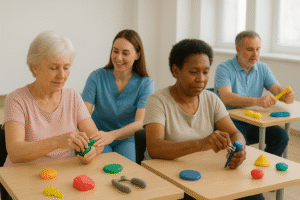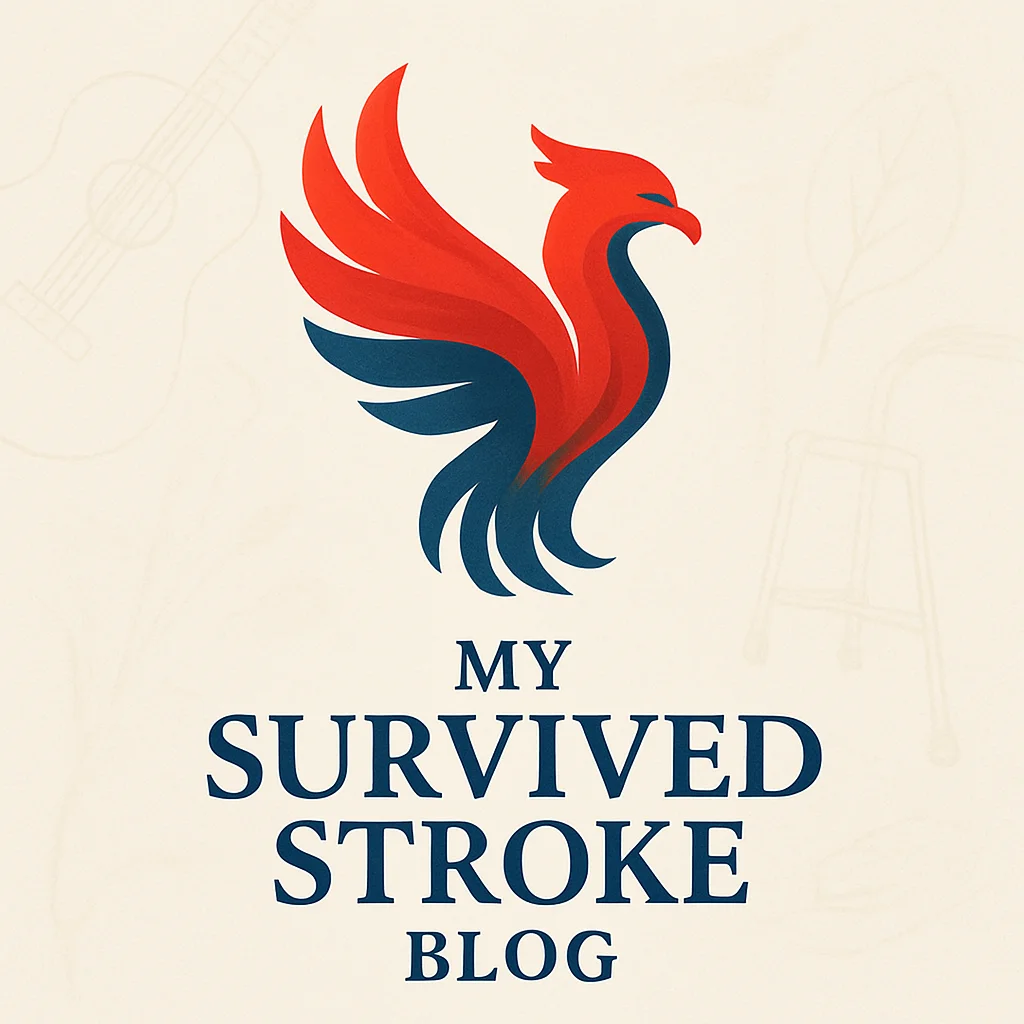Kitchen
Handy Stuff for the Disabled\’s Kitchen
Bathroom
REHABILITATION PRODUCTS FOR STROKE & BRAIN INJURY Things to remember for the BATHROOM: When adapting a bathroom for a brain injury survivor, it\’s essential to prioritize safety, accessibility, and independence. Brain injury survivors may have mobility issues, muscle weakness, and balance problems, so making adjustments can help prevent accidents and improve quality of life. Here […]
Mirror Box Review
The mirror box is an effective, relatively low-cost rehabilitation tool for stroke survivors, particularly those with motor impairments like hemiparesis. By reflecting the movements of the unaffected limb, it creates an illusion that the impaired limb is moving, which can help retrain the brain and improve motor function. Many stroke survivors have reported enhanced mobility […]
Depression and Diet
The Connection Between Diet and Depression: Nourishing Your Mind with the Right Foods Depression is a complex and often misunderstood condition that affects millions of people worldwide. While its causes are multifaceted, ranging from genetics to environmental stressors, recent research has illuminated a significant connection between diet and mental health. The saying \”you are […]
Why me?
why me? Having access to the right resources can make a significant difference in a stroke survivor\’s rehabilitation journey. A stroke rehabilitation blog is a valuable resource that provides a wide range of information about strokes and is specifically designed to aid in the recovery process. Utilizing a stroke survivor\’s blog offers targeted support and […]
Why build a Blog
why build a blog. Building a personal blog site is a fantastic way to cultivate a unique online presence and share your individual voice with the world. It provides a dedicated space to explore and express your personal interests, experiences, and opinions, whether you\’re passionate about travel, cooking, or a specific hobby. By regularly updating […]
MOTIVATION

Struggling to find motivation can feel like an insurmountable challenge, often leaving one in a state of inertia and frustration. It can be disheartening to face a long list of tasks and goals, only to feel an overwhelming lack of desire to begin or continue them. This lack of drive can stem from various sources, […]
Why High Repetitions?

Whenever I write about Occupational therapy (OT) or Physical Therapy (PT) for that matter. I always stress that high repetitions of exercises are required to make things happen. Therefore, I would like to highlight some of the bonuses you get from high repetitions. Since (OT) is often used in stroke recovery to help individuals […]
Education and Stroke

Educational Topics important to Stroke Survivors: Educational topics pertinent to stroke survivors cover a wide range of areas to support their recovery and improve their overall quality of life. Here are some key educational topics for stroke survivors: Understanding Stroke: Definition, causes, and types of strokes. Risk factors and prevention strategies. Rehabilitation Techniques: Physical therapy: […]
The Arts in Rehab

The Arts in Rehabilitation The arts can play a large part in rehabilitation, contributing to the physical, emotional, and psychological well-being of individuals on their recovery journey. Incorporating various forms of artistic expression into rehabilitation programs can enhance the overall experience and outcomes for dealing with physical or mental health challenges. Here are some ways […]

